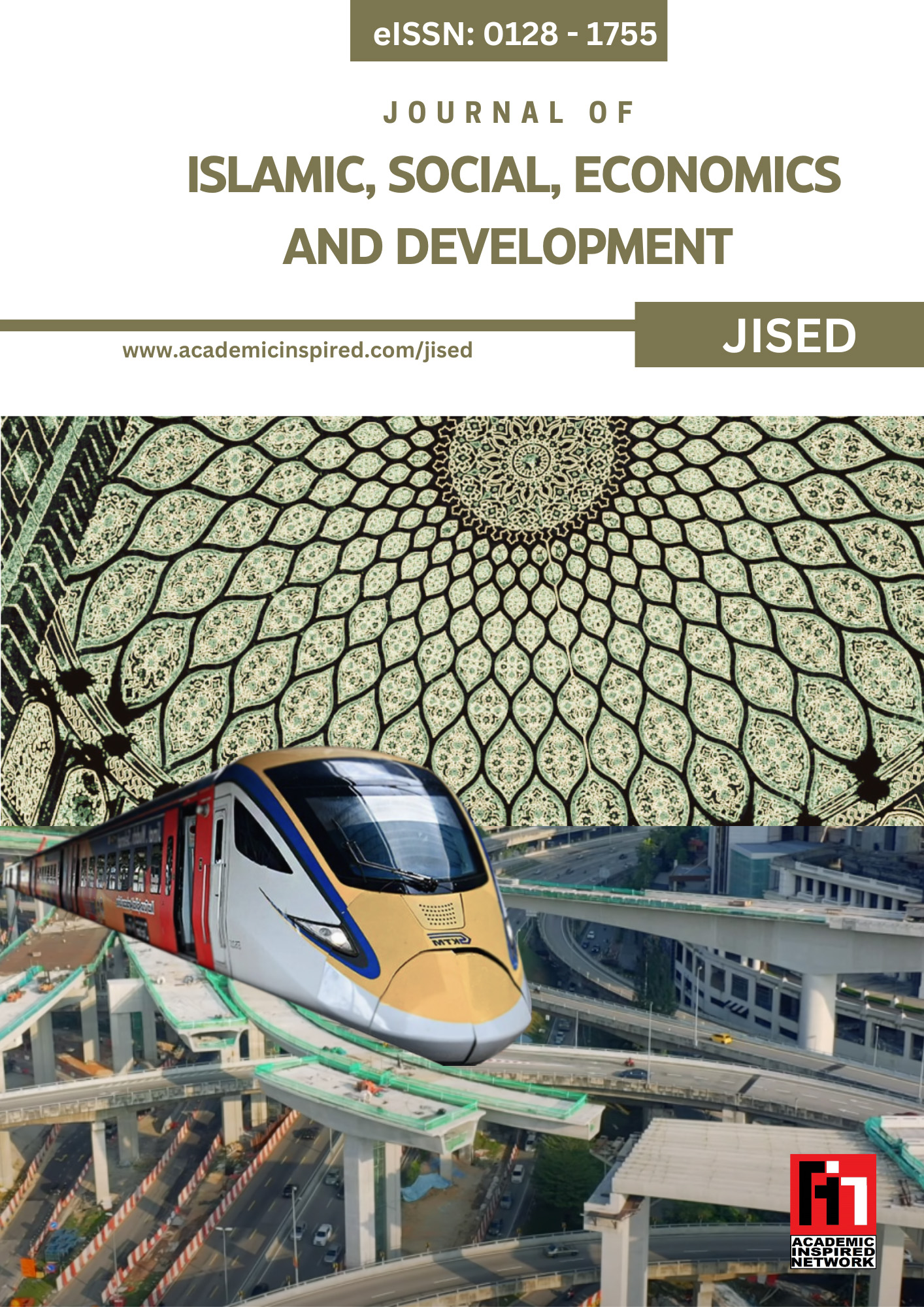Impact of arms race on human development between the United States and Russia
Keywords:
Human Development, Cold War, Arms Race, Comparative Historical AnalysisAbstract
This study investigates the effects of the Cold War arms race (1947–1991) between the United States and the Soviet Union on human development, with particular attention to healthcare, education, and economic growth. A mixed-methods approach integrates quantitative data from government budgets, health statistics, and economic performance with qualitative evidence from declassified documents, academic research, and case studies. A comparative historical method shows how resources were redirected from social programs to military spending, creating long-term structural weaknesses in both nations. The study expects to reveal the costs of underfunded healthcare, distorted educational priorities, and the consequences of Soviet central planning and the U.S. market-based system. It also examines the “security paradox,” where heavy military investment weakened social and economic stability even while aiming to increase national power. The research seeks to demonstrate a link between Cold War militarization and setbacks in human development, offering insights into the broader trade-offs of superpower competition.













